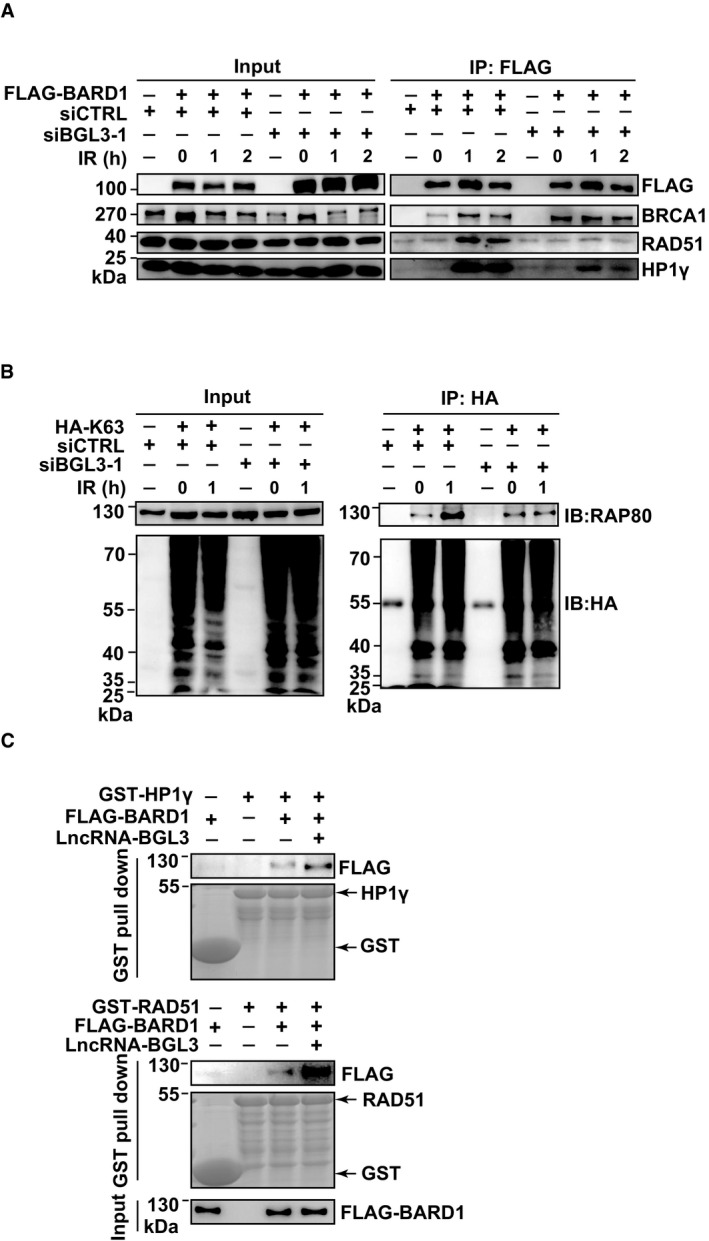Figure 5. BGL3 enhances molecular interactions between BARD1 and its partners.

- BGL3 promotes BARD1‐HP1γ interactions. 293T cells expressing the indicated siRNAs were irradiated (10 Gy) and BARD1–HP1γ interactions examined at the indicated time points.
- BGL3 promotes RAP80 binding to K63 ubiquitin chain in cells. 293T cells expressing the indicated siRNAs and plasmids were irradiated (10 Gy). Cell lysates were immunoprecipitated with HA beads and subjected to immunoblot with the indicated antibodies.
- BGL3 promotes BARD1–HP1γ (up panel) and BARD1‐RAD51 (middle panel) interactions in vitro. GST‐HP1γ, GST‐RAD51, and FLAG‐BARD1 were overexpressed and purified from cells as indicated in Materials and Methods. FLAG‐BARD1 was divided into two equal parts, one part was used for BARD1‐HP1γ interaction analysis (up panel), and another part was used for BARD1‐RAD51 interaction analysis (middle panel). BARD1‐HP1γ (up panel) and BARD1‐RAD51 (middle panel) interactions with or without BGL3 were, respectively, detected by GST pull‐down assays; here, GST was used as a pull‐down control.
Source data are available online for this figure.
